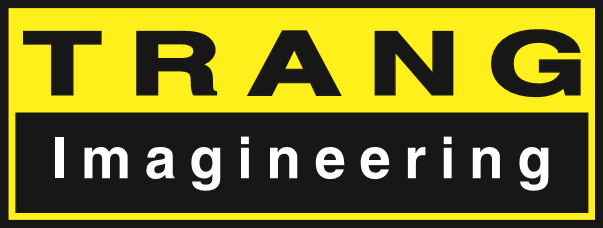Benefits of upfront design in mechanical engineering
Upfront design in mechanical engineering refers to the practice of thoroughly planning and defining the design requirements and specifications before starting the actual design and manufacturing processes. This approach offers several benefits, including:
Clear design objectives: Upfront design allows engineers to clearly define the objectives and goals of the project. This includes identifying the problem to be solved, understanding client requirements, and establishing performance targets. Having clear design objectives provides a roadmap for the entire design process.
Improved accuracy and efficiency: By investing time and effort into upfront design, engineers can anticipate and address potential design issues and challenges early on. This reduces the likelihood of errors and rework during the manufacturing phase, leading to improved accuracy and efficiency in the design process.
Cost savings: Upfront design helps in identifying potential design flaws and optimization opportunities early in the process. By rectifying these issues before manufacturing, it avoids costly modifications, redesigns, or product failures down the line. It also allows engineers to make informed decisions regarding material selection, manufacturing processes, and component sourcing, potentially reducing overall project costs.
Enhanced product quality: Thorough upfront design enables engineers to carefully consider all aspects of the product, including functionality, reliability, manufacturability, and user experience. By addressing these factors at the design stage, engineers can create products with higher quality, better performance, and improved durability.
Reduced development time: While upfront design may seem time-consuming initially, it can actually lead to reduced development time in the long run. By investing time in thorough planning and analysis upfront, engineers can streamline the design process, minimize design iterations, and accelerate the overall development timeline.
Effective communication and collaboration: Upfront design facilitates effective communication and collaboration among different stakeholders, including engineers, designers, manufacturers, and clients. Clear design specifications and documentation help ensure that everyone involved understands the project requirements, leading to better coordination and a smoother workflow.
Regulatory compliance: In many industries, products need to comply with specific regulations and standards. Upfront design allows engineers to identify and address compliance requirements early in the design process, ensuring that the final product meets all necessary regulations and can be brought to market without delays or issues.
Overall, upfront design in mechanical engineering offers numerous benefits, including improved accuracy, efficiency, cost savings, product quality, reduced development time, effective collaboration, and regulatory compliance. It is a proactive approach that helps engineers create better-designed products while minimizing risks and maximizing success.
